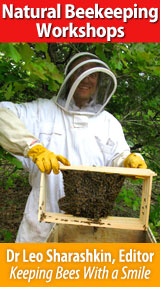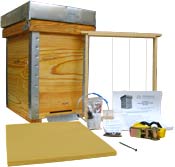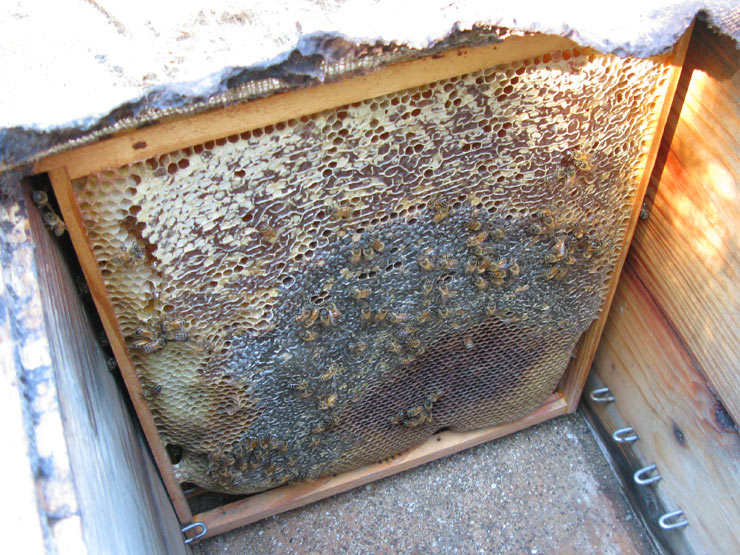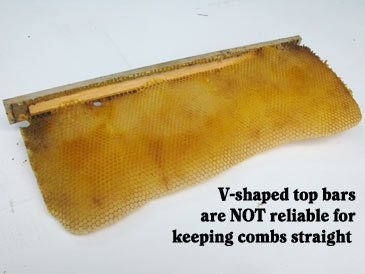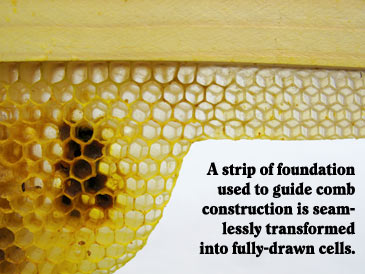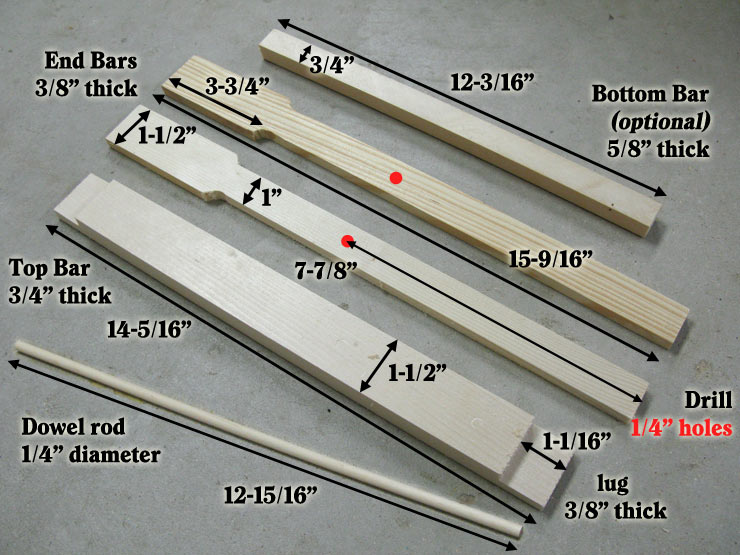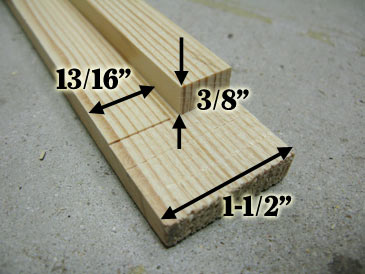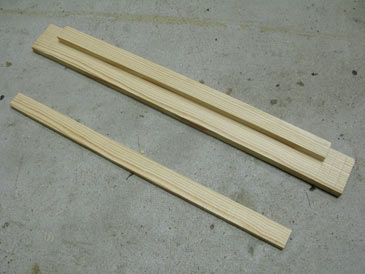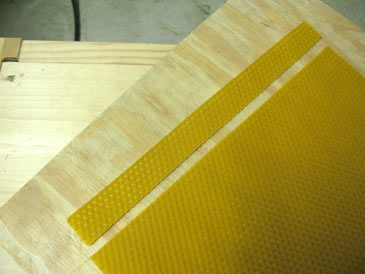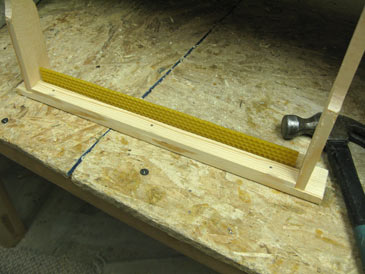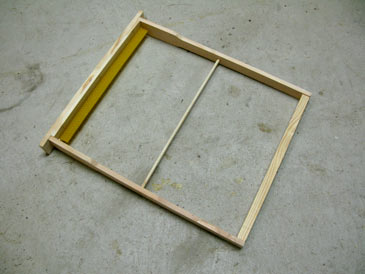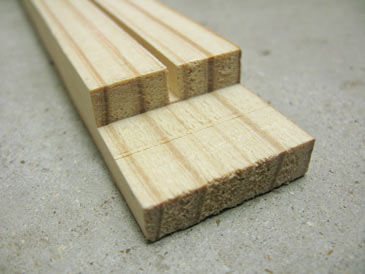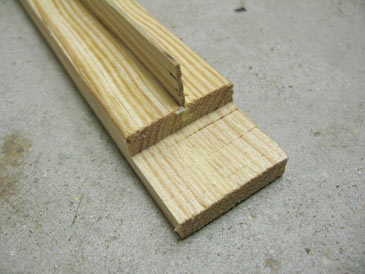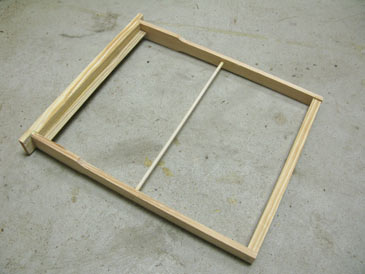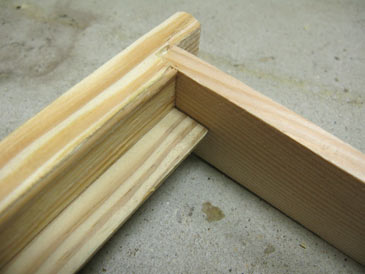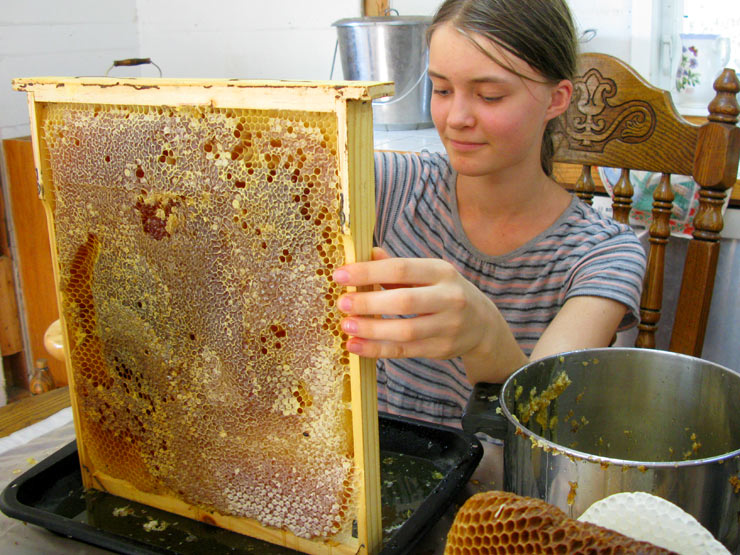Foundationless Frame Plans — Layens Hives
LAYENS HIVES & FRAMES AVAILABLE FROM OUR STORE >>
Hives include all frames, fully assembled & ready to go
Bees do not need foundation to build their honeycomb nice and straight. You just have to give them proper frames and follow a few simple rules. And if you think that foundationless frames are not very practical, consider this: L.L. Langstroth was not using foundation in his hives because it was not invented yet!
Today, most beekeepers in the “developed world” give their bees sheets of wax or plastic to build honeycomb on. These sheets, imprinted with the hexagonal pattern of comb cells, are called foundation. Foundation is installed in frames that are then inserted into the beehive. This usually results in straight honeycomb that is easy to work with.
There are several problems with using foundation, though:
- Most of the foundation sold in the US uses wax from large commercial beekeepers. This wax is laced with chemicals and pesticide. (Our ecologically pure GMO-free Layens foundation from Europe is much better in this regard.)
- If wax is of low quality or adulterated, bees may refuse to build on it. This can be even more of a problem with plastic foundation.
- Most importantly, foundation is imprinted with the smaller cells that bees rear their female workers in. This limits the number of drones (males) that the colony rears, as drone larvae require bigger cells. This interferes with the colony’s reproduction and is bad for its genetic success.
We love foundationless frames. Bees love them too! If you give bees a choice between frames with foundation and those without, they will choose the latter. Foundationless frames give bees the freedom to build comb with their own wax, the way they see fit. Foundationless frames can be as strong and straight as frames with foundation, and honey can be reliably extracted without damaging the comb.
Keys to successful use of foundationless frames
To build straight comb on foundationless frames, bees need:
- a reliable guide that tells them where the center of the comb should be AND
- the hive (or swarm trap) must be completely level.
Foundationless frames: two designs
There are two designs for foundationless frames, depending on whether you plan to extract honey in a centrifuge extractor or not:
- If you plan to extract honey in the extractor, frames must be wired. Follow plans for regular Layens frames and install a 1” strip of foundation in the top of the frame. This foundation strip serves as the guide to define the center of the comb.
- If you will not extract honey in the extractor, you don’t need to wire the frames. Use the plans on this page (see below). To harvest honey, cut it out with a knife.
Reliable guides for foundationless frames
To use foundationless frames successfully, you need a totally reliable guide so bees start building comb in a straight line along the center of the top bar and within the frame. IMPORTANT: top bars with a V-shape profile under the top bar are not reliable and may result in cross-combing. The three most reliable guides are:
- Strips of old comb. If you have old comb, cut it in strips 1” deep and glue these strips to top bars using melted wax or hide glue. See Layens’ book Keeping Bees in Horizontal Hives for details and illustrations.
- 1” strip of good foundation. Cut a strip of foundation and attach it to the top bar using melted wax (see Layens’ book for details) or by pinching the foundation with a wedge (explained below).
- T-shaped top bar. Permanently attach a thin wooden slat to the underside of the top bar, forming a “T” shape. See below.
Using 1” strip of foundation
Start with the Layens frame parts described in the regular Layens frame plans: top bar, 2 end bars, bottom bar, plus a 1/4” dowel rod. Don’t drill any holes for steel wires.
Step 1. With two passes of the table saw, cut a rabbet in the top bar, 3/8” deep by 13/16” wide. Save the wedge (if you use a 3/32”-kerf blade, the wedge will be 12-3/16” x 23/32” x 9/32”).
Step 2. Drill 1/4” hole in the center of each end bar, 7-7/8” on-center from the bottom. Cut a 12-15/16” piece of 1/4”-diameter round dowel rod (hardwood or bamboo). You can also use a bamboo skewer with the same diameter.
Step 3. Assemble the frame using 1” staples or nails. Glue the dowel into the holes. Let dry for 24 hrs.
Step 4. Install foundation just before giving the frame to the bees or using it in a swarm trap. Cut 1” strips of foundation. Position the strip in the top bar, secure it into place by pressing the wedge against it. Attach the wedge with three 5/8” nails or staples. (Use care not to damage foundation).
Your foundationless frame is ready. Bees will build straight comb from the foundation strip. When they reach the dowel rod, they will incorporate it into the comb. This design was suggested by the great European beekeeper Jan Dzierzon. The dowel is super useful: it provides additional comb support AND if only the top half of the frame is filled with honey, you can harvest by cutting out the top half — the rod will support the lower portion of the comb so the wax won’t be wasted. Not only that, but it was shown in the classic experiments by the Russian bee scientist Georgy Taranov that if you remove the top half of the comb, bees will rebuild it faster than if you remove the bottom half. When harvesting comb, make sure you leave a layer of comb some 1/8” thick along the top bar to serve as a guide for rebuilding it.
The only limitation of this foundationless frame is that the guide is fragile and can be damaged during handling or transporting, or in storage (mice). If the guide is damaged, do not use it, replace it — otherwise you risk irregular comb construction. If you want a permanent guide that can’t be as easily damaged, use the wooden slat guide as explained below.
T-shape top bar with a slat
With this option, the only difference from the above plans is in the top bar.
Step T1. On the underside of the top bar, cut a groove 1/4” deep. If you use a thin-kerf blade on your table saw, it would be 3/32” wide. Otherwise it would be 1/8” wide. Make a slat the width of the groove x 7/8” tall x 12-1/8” long. Glue this slat into the groove, then assemble the frame as described in Steps 2 and 3 above. Done.
Some people paint the protruding slat with melted wax, but I don’t. It provides almost as good a guide as a strip of foundation.
The frames shown on this page are for use in Layens horizontal hives. Frames with horizontal dowel rods are not intended for extraction (you harvest honey by cutting comb out). Make sure your hive or swarm trap is completely level. Enjoy!
LAYENS HIVES & FRAMES AVAILABLE FROM OUR STORE >>
Hives include all frames, fully assembled & ready to go
If you haven’t signed up for our email list yet, please join it below so we can notify you when detailed Layens hive management recommendations and more free plans become available. (Only 2-3 emails per year, and you can unsubscribe at any time.) With best wishes to you and your bees,
— Dr. Leo Sharashkin, Editor of “Keeping Bees With a Smile”




